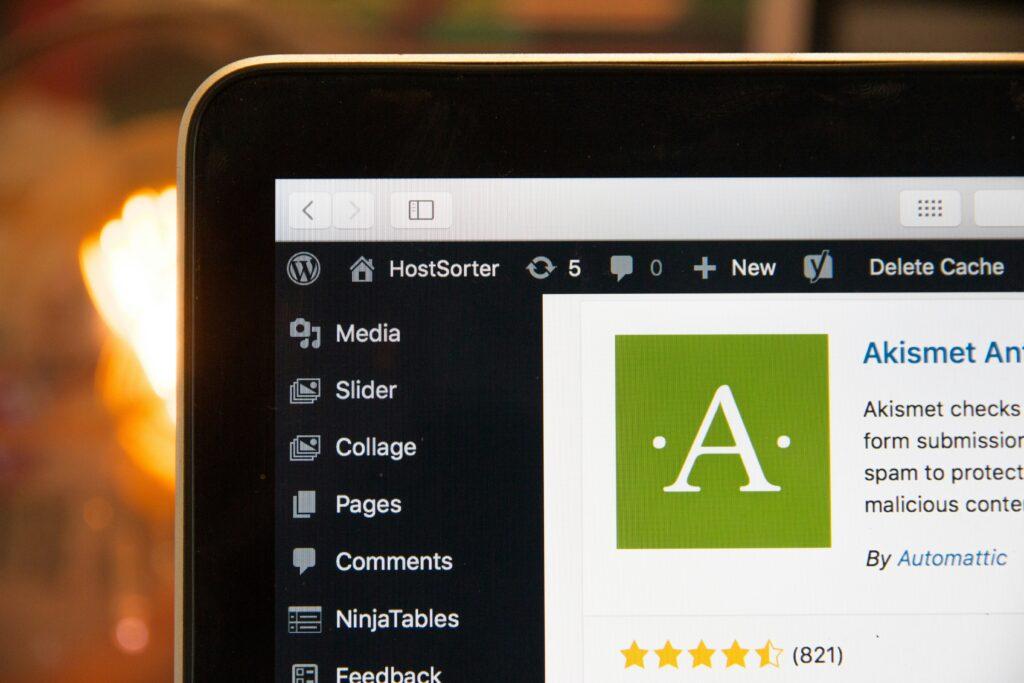Table of Contents
ToggleIntroduction
In today’s digital age, having a professionally designed website is no longer a luxury—it’s a necessity. For small businesses, a well-crafted website can be a game-changer, helping them reach their audience, build credibility, and drive sales. However, finding affordable web design for small businesses can feel daunting. This guide simplifies the process, offering actionable tips and insights to help small businesses achieve their web design goals without breaking the bank.
Why Affordable Web Design Matters for Small Businesses
The Role of Web Design in Business Success
Your website is often the first impression customers have of your business. A poor design can deter potential clients, while a sleek and user-friendly website builds trust. Affordable web design doesn’t mean sacrificing quality; it’s about getting the right value for your budget.
Benefits of Affordable Web Design
- Cost Efficiency: Maximize your ROI without overspending.
- Customization Options: Tailored designs for unique branding needs.
- Scalability: Start simple and expand as your business grows.
- Quick Launch: Get your website up and running in no time.
Features of Affordable Web Design for Small Businesses
Responsive and Mobile-Friendly Design
With mobile usage on the rise, your website must be accessible across all devices. A responsive design ensures seamless navigation on smartphones, tablets, and desktops.
SEO-Optimized Structure
An affordable web design should include basic SEO features like fast load times, clean code, and proper keyword integration, making it easier for customers to find you online.
User-Centered Layout
Simple navigation, clear calls to action (CTAs), and engaging visuals are key components of a user-friendly design that keeps visitors coming back.
Tips for Choosing the Right Affordable Web Design Services
Research and Compare Providers
Don’t settle for the first provider you find. Compare portfolios, client reviews, and pricing to find a web designer who matches your needs and budget.
Look for Transparent Pricing
Hidden costs can derail your budget. Seek out web design services with clear, upfront pricing.
Check for Experience with Small Businesses
Working with designers experienced in small business needs ensures they understand your goals and challenges.
DIY Options vs. Hiring a Professional
When to Consider DIY Web Design
Platforms like Wix, Squarespace, and WordPress offer budget-friendly tools for creating your website. However, these require some technical knowledge and time investment.
The Value of Professional Web Designers
If your budget allows, professional designers can create a polished, custom site with advanced features that DIY platforms can’t match.
How to Keep Your Web Design Costs Low
Start Small and Scale Later
Begin with essential pages like Home, About Us, Services, and Contact. You can add more features as your business grows.
Use Affordable Web Hosting Services
Choose cost-effective hosting providers like Bluehost or SiteGround to save on ongoing expenses.
Opt for Pre-Designed Templates
Custom designs are great, but pre-made templates can deliver a professional look at a fraction of the cost.
Conclusion
Affordable web design for small businesses doesn’t have to be a compromise. By focusing on essential features, doing thorough research, and utilizing cost-effective strategies, small businesses can create websites that captivate their audience and drive growth. With the right approach, achieving an impactful online presence is within reach, even on a budget.
FAQs
Q: How much does web design typically cost for small businesses?
A: Costs vary widely, but affordable web design can range from $500 to $5,000 depending on your needs and the provider.
Q: Can I update my website after it’s designed?
A: Yes, most web designers offer training or platforms that let you manage and update your site easily.
Q: What’s the best platform for small business websites?
A: WordPress is a popular choice due to its flexibility and affordability, but Wix and Squarespace are great for beginners.
Q: How do I ensure my website ranks well on Google?
A: Prioritize SEO from the start—include relevant keywords, ensure fast load times, and use an SEO-friendly design.

